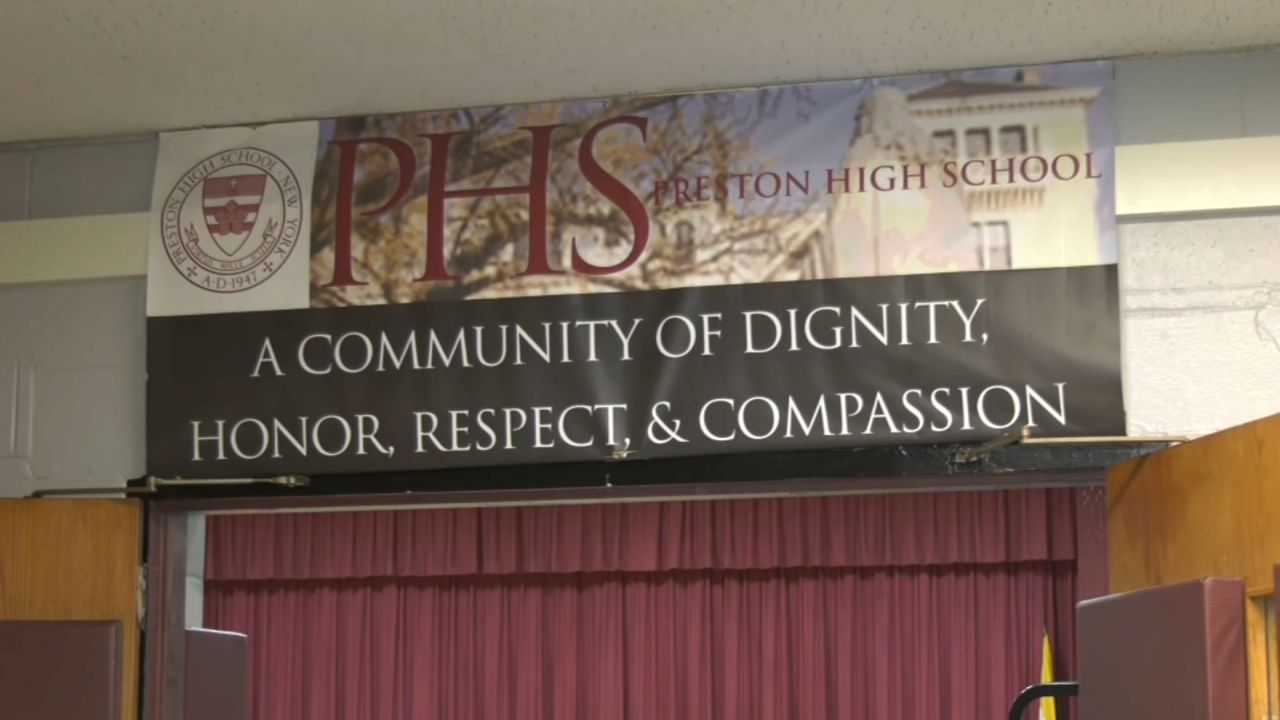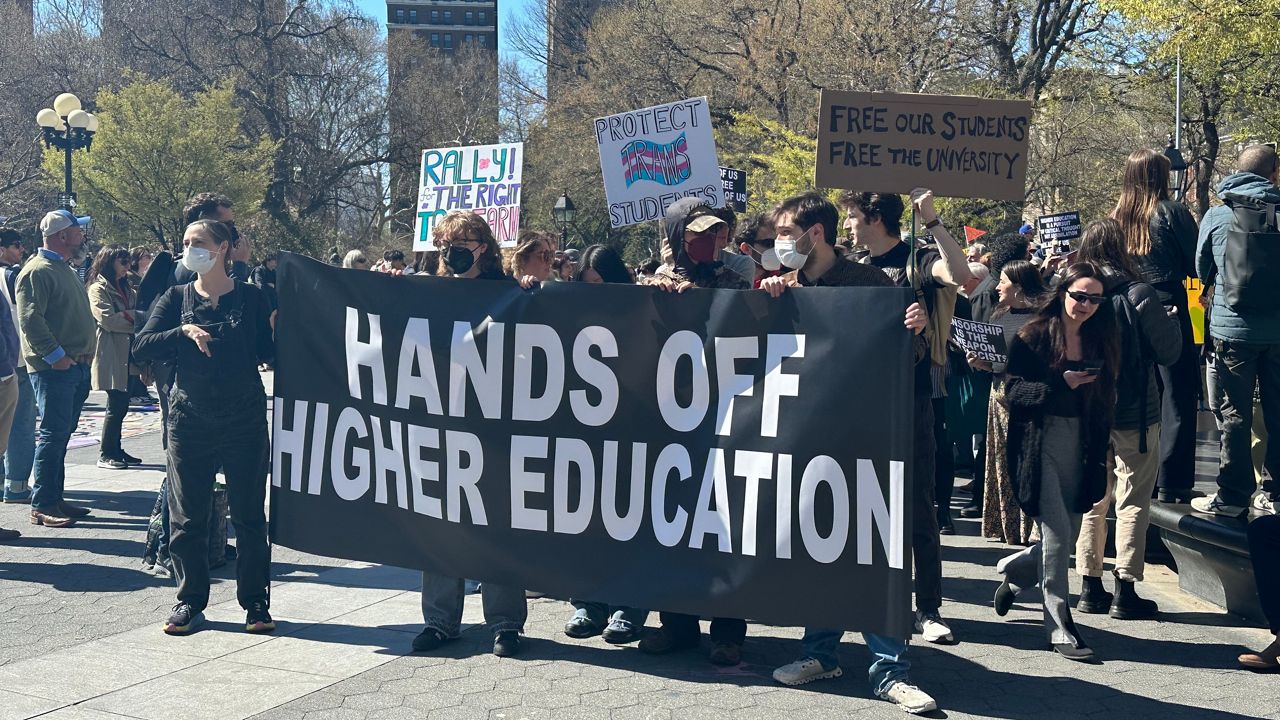Four more buses carrying asylum seekers from arrived at the Port Authority Wednesday morning, including about 40 children.
“I just learned that about 40 minors, including children, were in these buses. These are minors who are high school, junior high school, elementary age, and some babies. Again, all of these children, minors or children will need to be supported, to enroll into schools,” Manuel Castro, commissioner of the Mayor’s Office of Immigrant Affairs, said outside the bus station Wednesday.
What You Need To Know
- About 40 children arrived on buses from Texas Wednesday morning
- Since they're eligible to sign up for public school, the city is working to make sure that happens before the first day of class
- Advocates say children will need a lot of support, including help learning English
It’s a task facing the city’s Education Department and other city agencies, who are working to get families who stayed in the city signed up for class ahead of the first day of school on Sept. 8.
“The department of education along with the mayor and myself will be making some announcements soon about our plans to enroll children — but most importantly support families who have gone through so much,” Castro said.
Many of the families are winding up in city shelters in Manhattan’s School District 2.
The DOE says it’s working to accompany families from their temporary housing to the borough’s Family Welcome Center, where they can enroll for September. They also said there’s bilingual staff on site, and that the city is handing out backpacks.
Advocates say the children will need a lot of support.
“I haven’t seen any of the young people speak English, so they’re going to be English language learners so making sure that they also receive that critical support from the city in this moment to be able to have a thriving educational experience here,” Murad Awawdeh, executive director of the New York Immigration Coalition, said.
Rita Rodriguez-Engberg, director of the Immigrants Students Rights project at Advocates for Children, says some families may want to seek bilingual programs, taught in English and Spanish. But not every school offers them.
“All schools should be providing English as a new language, but not all schools have bilingual staff. You don’t need to be a bilingual teacher to teach English as a new language. And not all schools have bilingual social workers — which we assume these kids are probably going to need in order to help them with their social-emotional needs and any trauma that they’ve experienced,” she said.
According to Rodriguez-Engberg, some families don’t even know they’re eligible to enroll their children in public school.
“I think we have to start from the very beginning, making sure that anybody who is coming in contact with these families when they arrive is letting them know that they have the right to enroll in school, giving them the tools to do that, taking them if they need to to a family welcome center to help them enroll — and also working with them so they understand what their rights are,” she said.






_CGPK_CUNY_Student_Protest_Encampents_2025_CG_134055132_345)

_DNT_Columbia_Protest_CLEAN_FOR_APPROVAL)
